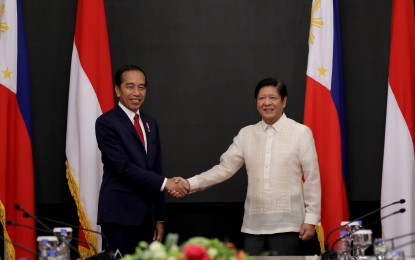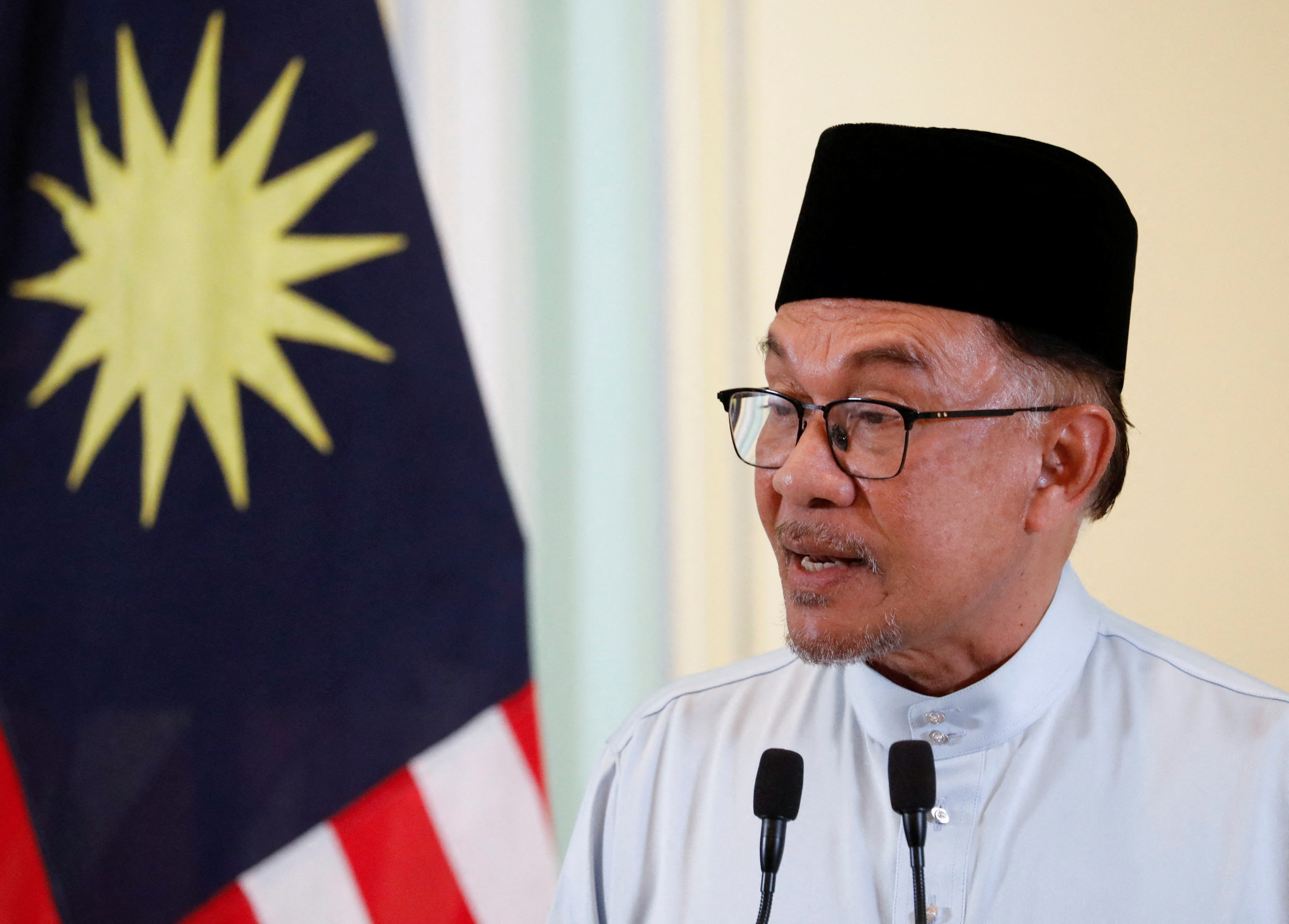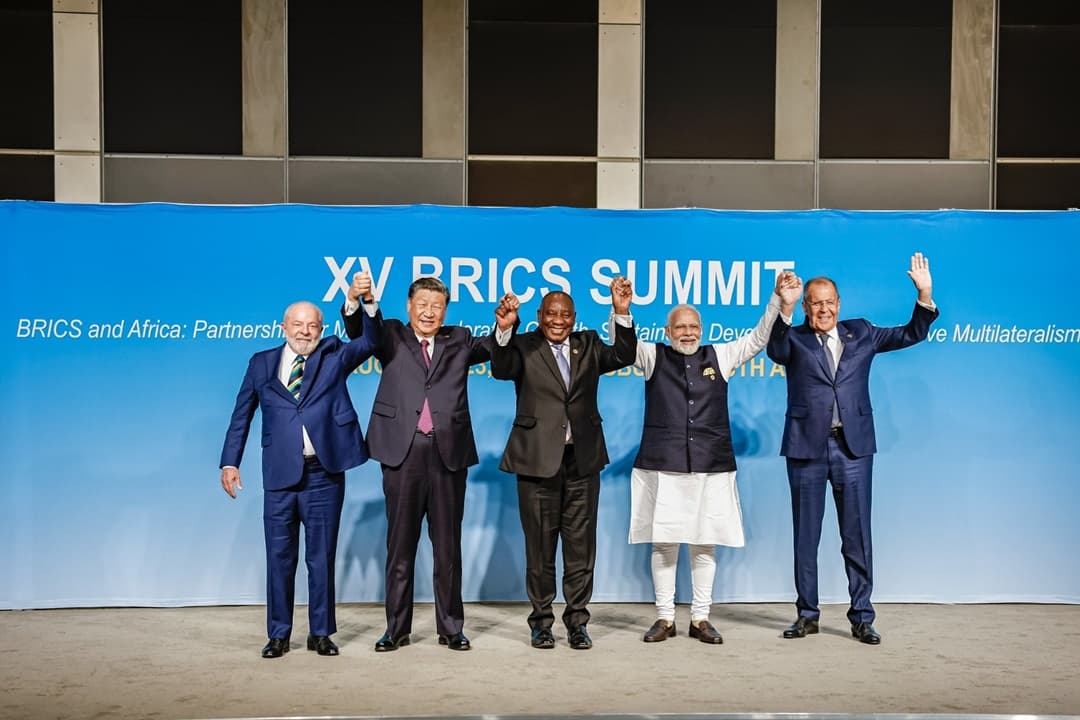The BRICS summit in Rio de Janeiro on July 6 and 7 is set to showcase a seismic shift in global economic power dynamics. With the bloc expanding to include Egypt, Ethiopia, Indonesia, Iran, and the United Arab Emirates, these countries now collectively represent nearly 40% of the global GDP by purchasing power, significantly overshadowing the G-7’s 30%. Southeast Asia, however, is at a crossroads as it contemplates its future within this emerging economic coalition.
Southeast Asia’s Strategic Gamble
For years, Southeast Asian countries have largely opted out of the BRICS conversation. Indonesia, the region"s largest economy, only joined in January 2025, while nations like Malaysia, Thailand, and Vietnam are cautiously exploring partnership options. This shift reflects a growing recognition that aligning with BRICS could serve as a hedge against the geopolitical pressures exerted by the West and China. As reported by Foreign Policy, the region’s leaders are beginning to see the benefits of engaging with a bloc that emphasizes multipolarity and economic independence.
Economic Opportunities Awaiting Southeast Asia
The New Development Bank (NDB) and Contingent Reserve Arrangement (CRA) are significant incentives for Southeast Asian nations. The NDB offers a lifeline for countries seeking to diversify their foreign investment in infrastructure and green technologies, which is crucial for sustainable development. The CRA acts as a financial safety net, allowing member countries to access funds during economic crises. According to experts, Southeast Asian participation in BRICS could unlock billions in investment opportunities, crucial for the region’s ongoing economic development.
\n\n
PBBM, Widodo tackle SCS issue, uphold commitment to UNCLOS | P…
Environmental Justice and Sustainable Development
As a Climate Justice Reporter, I emphasize the intersection of economic growth and environmental sustainability. BRICS has the potential to catalyze green initiatives across member countries. The inclusion of Southeast Asian nations could enhance collaborative efforts in sustainable energy projects, which are essential as the region grapples with climate change impacts. The urgency of transitioning to green technologies cannot be overstated, and BRICS could facilitate this transition by providing financial and technical support. This is particularly vital for countries like Indonesia, which are rich in biodiversity yet face significant environmental challenges.
Challenges of Regional Cooperation
Despite these opportunities, Southeast Asian countries must navigate internal divisions. Not all ASEAN members are on board with BRICS, and concerns over China’s influence loom large. The Philippines and Singapore are particularly wary, fearing that increased cooperation with BRICS could undermine their negotiating power in existing territorial disputes, especially in the South China Sea. As highlighted by Foreign Policy, this hesitancy could hinder the region"s ability to present a united front in global negotiations.
\n\n
New PM Anwar says Malaysia to review plans for 5G network | R…
The Risk of Economic Isolation
As the BRICS bloc continues to grow and solidify its influence, Southeast Asia risks economic isolation if it fails to engage meaningfully. The U.S. has historically pressured ASEAN nations to choose sides, particularly during tense periods of Sino-American relations. ASEAN’s neutral stance could be compromised if individual nations deepen ties with BRICS, potentially jeopardizing their ability to negotiate with Western powers. The Trump administration’s previous threats of tariffs on BRICS members serve as a stark reminder of the geopolitical stakes involved. The potential for economic retaliation underscores the urgency for Southeast Asian leaders to carefully consider their strategic alignments in a rapidly shifting world.
While the upcoming ASEAN summit in October is poised to address BRICS-ASEAN relations, the path forward remains fraught with challenges. Malaysia’s leadership is likely to face pushback from member states wary of China’s growing influence within ASEAN. As reported by Foreign Policy, the delicate balance of maintaining ASEAN centrality while exploring new alliances will require astute diplomacy and a commitment to collective regional interests.



![[Video] Ukrainian An-124 Cargo Plane Lands in Israel for Unspecified Load](/_next/image?url=%2Fapi%2Fimage%2Fthumbnails%2Fthumbnail-1764420658156-36b0b4-thumbnail.jpg&w=3840&q=75)
![[Video] Ukrainian Sea Baby Drones Disable Two Russian Tankers in Black Sea](/_next/image?url=%2Fapi%2Fimage%2Fthumbnails%2Fthumbnail-1764420086294-elzana-thumbnail.jpg&w=3840&q=75)
![[Video] Left-wing radicals attack AfD politicians and journalists in Giessen](/_next/image?url=%2Fapi%2Fimage%2Fthumbnails%2Fthumbnail-1764438663474-e7iix9-thumbnail.jpg&w=3840&q=75)

